Imagine if some adult humans were the size of mythical giants and others were the size of two-year-olds. That’s the weird kind of world that dogs live in, exhibiting great variation in shape and size from one breed to the next. Considering dogs can look so different from each other, French researchers investigated how dogs determine whether another animal belongs to their own species. Although the study didn’t involve butt-sniffing, the researchers did find that, like humans, dogs can also recognize other dogs using their eyes.
The study was published in 2013, but it was only recently that it came to public attention after Benjamin Katz, a Ph.D. candidate in clinical psychology, enthusiastically tweeted about it.
Katz’s lengthy tweets not only emphatically described the study’s objective and study methods, but also its adorable subjects. These include Bag, Bounty, Sweet, and Vodka — an all-star lineup.
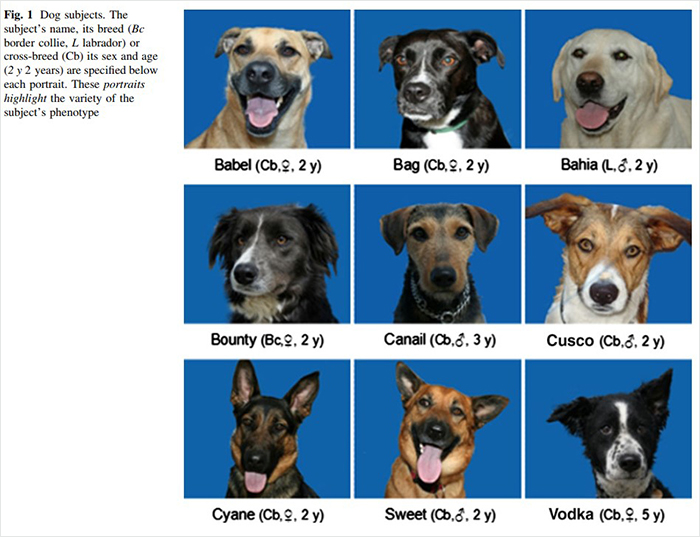
The nine dogs were shown two images at a time: one featured a headshot of a dog, the other of a “non-dog” (a hamster, a cat, or a human). When one of the subjects chose the image of the dog, they got a tasty treat. In the second phase, the objective was reversed, and the dogs were rewarded when they picked the non-dog image. The criterion for a subject to pass from a given task to the following one was set at 10 correct trials out of 12, for two consecutive sessions.
“Each of the nine subjects was able to group all the images of dogs within the same category. Thus, the dogs have the capacity of species discrimination despite their great phenotypic variability, based only on visual images of heads,” the researchers from the Université Paris wrote in their study.
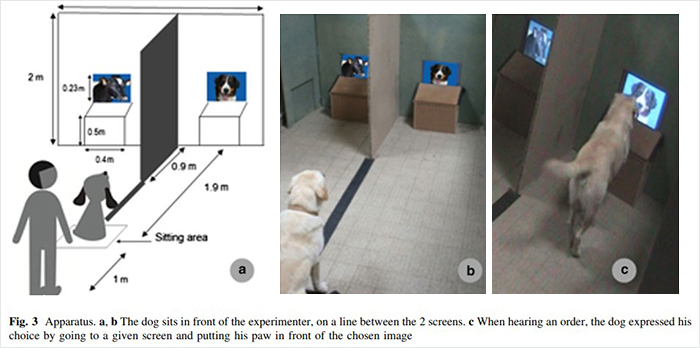
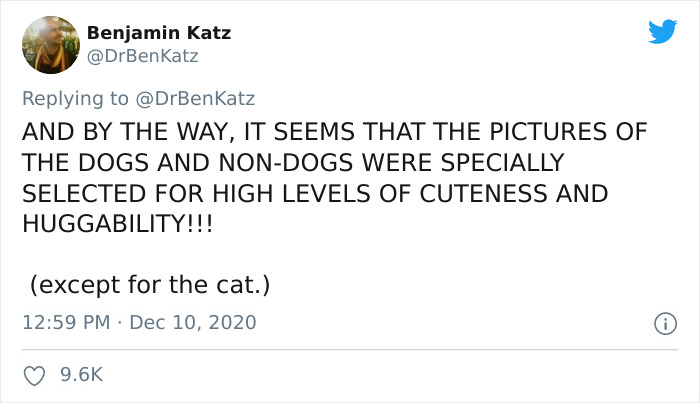
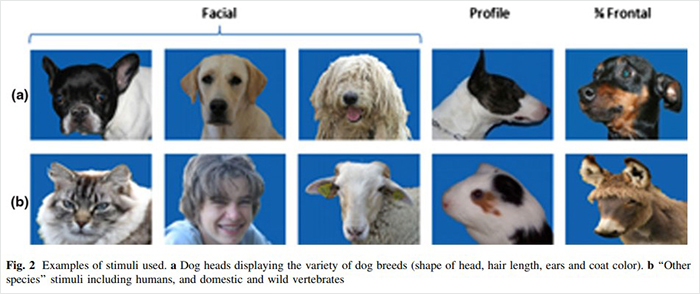
Most dogs understood their task’s objective after a relatively small number of training sessions, except for Bounty, the two-year-old border collie.

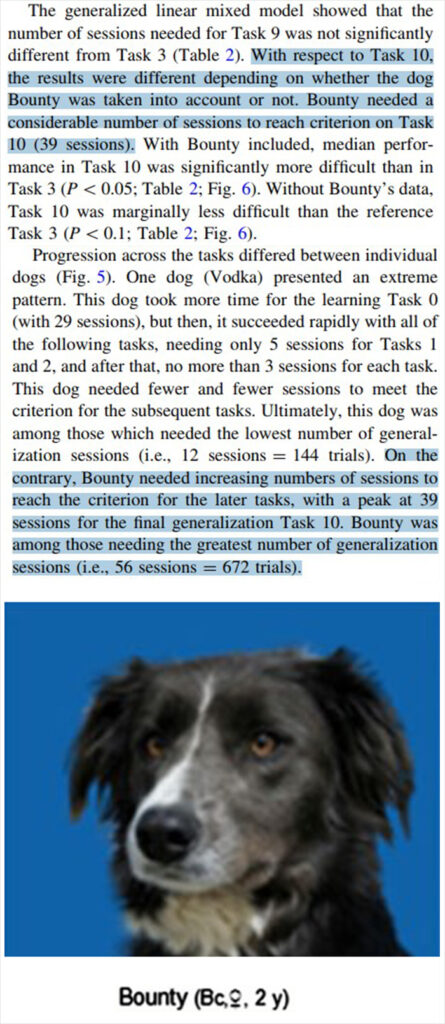
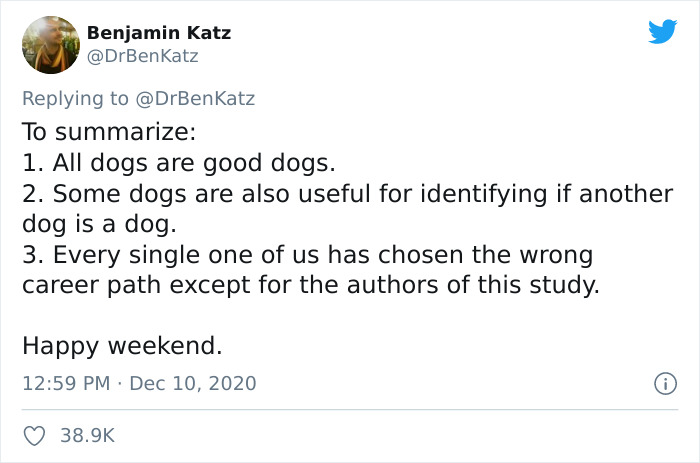
Others took note of what may very well be Twitter’s cutest science thread of the year.









